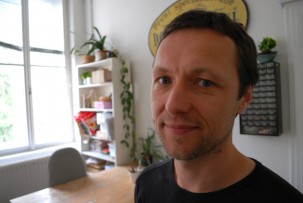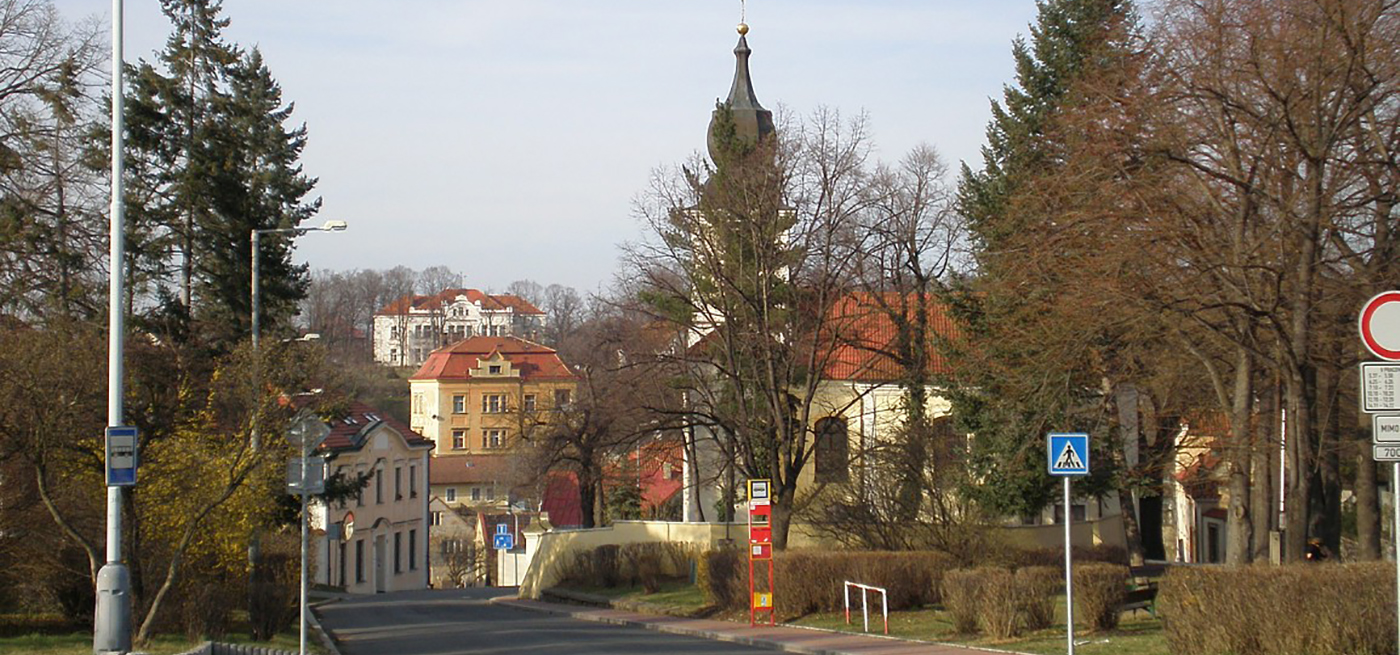Community mental health: Whose move is it?
By Justin Grotelueschen
Worldwide treatment of mental health is moving from the hospital and into the community, but who will facilitate that transition remains unclear.

Ctibor Lacina
Ctibor Lacina was visiting Trieste, Italy last November with a film director who is documenting the deinstitutionalization of a large psychiatric hospital there. Lacina saw something in Trieste that he had not experienced in his home city of Prague.
“I didn’t see a ghetto of people who are mentally ill,” Lacina says. “This is a place where socially disadvantaged people live well, where they are treated like human beings.”
Lacina is a peer leader at Mosty, a community mental health center that provides day programs to those diagnosed with severe mental illnesses. Lacina works in a building in the shadow of Bohnice psychiatric in-patient hospital in northern Prague, where he was institutionalized on five separate occasions since the age of 21. Now 45, Lacina says his job as peer leader is to be a positive example as a person diagnosed with severe mental illness who overcame his diagnosis, retains a good job, and lives independently outside of institutional psychiatric wards.
Mosty is the Czech word for “bridges”, and the health center aims to be the bridge between the severely mentally ill and the community. Within the Czech Republic, as in other former Soviet republics and Eastern Bloc countries, the fall of communism in the late 1980s led to a revolution in the psychiatric system, as the private sector scrambled to provide services for the mentally ill that were previously offered solely by large government institutions. The bridge for mental health clients between institutions and the real world — where employment, personal finance, social, and independent living skills were taught through rehabilitative services — fell as quickly as communist regimes across Eastern Europe, and these countries are still struggling to fill the gap.
As Eastern Europe forged stronger ties with the West, along with Western ideals for community health treatment, a significant amount of money has been earmarked for the transition of mental health clients from behind hospital walls to treatment centers in the communities where they live independently. The European policy framework Health 2020, in cooperation with the 2013 European Mental Health Action Plan by the World Health Organization (WHO), lays out the broad goals for this movement.

Ondrej Skala, Director of Social Services, FOKUS
Ondrej Skala, director of social services at an agency called FOKUS, is at the forefront of this transition in the Czech Republic. He knows he must contend with the roadmap for mental health treatment in Europe, called the Concept for Psychiatric Care, but is still figuring out how.
“The European Union believes that treating the mentally ill in communities where they live is the way forward, and there is no going back,” Skala says. “The goal is clear, but how we will get there is not.”
FOKUS was the first community mental health agency to open after the Velvet Revolution, operating eleven health centers around the country. Skala says that after the revolution “thousands” of NGOs began to offer community mental health services of some kind, with each NGO using unique language to describe their services. Because many of these agencies requested public funding from the Ministry of Labour and Social Affairs, Skala says the Ministry passed a law in 2007 that outlined 45 specific service types, such as sheltered housing and social counseling, to approximately 20 specific target groups.
The new system has not made it any easier to administer services or for patients to receive them, according to Skala.
“We do not know if we get more money if we offer more services, or if we serve more target groups,” Skala says. “The law is not transparent, so we are limited in our creativity in offering new services.”
Pavel Rican is the director of the Center for Mental Health Care Development, another NGO in Prague working to fill the gap in services since the Velvet Revolution. He says those within the mental health system, namely the clients and mental health providers, are not incentivized to find each other.
“No one is checking up with patients discharged from the psychiatric hospitals to make sure they are receiving services in their communities,” says Rican. “And private psychiatrists have no reason to go find them, because they already have enough clients.”
Back at Mosty in Prague, Lacina is still trying to make sense of what he saw in Italy nine months ago. After he returned to Prague he says he was institutionalized once more and given forced injections of psychotropic medications, and he has not been back to work since Christmas. As with Skala and Rican, Lacina is unsure of what he is now contributing to the system that he has been a part of, in his case as client and professional, since the early 1990s.
“I am at a crossroads,” Lacina says. “I don’t know that I want to help a place that would not treat a person like a human being.”
 Education
Education